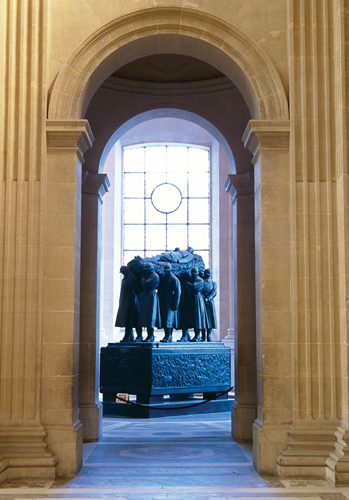Hôtel des Invalides
The “invalides” for whom this imposing Hôtel was built were wounded soldiers of the late 17th century. Louis XIV had the building constructed between 1671 and 1678, and veterans are still housed here, although only a dozen or so compared to the original 6,000. They share their home with the greatest French soldier of them all, Napoleon Bonaparte, whose body rests in a crypt directly below the golden dome of the Dôme Church. Other buildings accommodate military offices, the Musée de l’Armée and smaller military museums.
|
Hôtel GuideApproach the Hôtel des Invalides from the Seine for the best view, and then walk around to the south side (by the Dôme Church) to reach the ticket office. You will need a ticket for the museums and to see Napoleon’s Tomb. If time is short, concentrate on the Musée de l’Armée, before walking through to the front of the buildings and reaching the impressive cobbled courtyard directly in front of the Dôme Church. |

|
|
Top 10 Features
Musée de l’Armée
The Army Museum is one of the largest collections of militaria in the world. Enthusiasts will be absorbed for hours, and even the casual visitor will be fascinated. The “Department Moderne”, which traces military history from Louis XIV to Napoleon III, has been revamped and is especially worth a visit (see Musée de l’Armée Exhibits).

Musée de l’Armée façade
Dôme Church Ceiling
The colourful, circular painting on the interior of the dome above the crypt is the Saint Louis in Glory painted in 1692 by the French artist, Charles de la Fosse. Near the centre is St Louis, who represents Louis XIV, presenting his sword to Christ in the presence of the Virgin and angels.
Musée de l’Ordre de la Libération
The Order of Liberation, France’s highest military honour, was created by Général de Gaulle in 1940 to acknowledge contributions during World War II. The museum details the history of the honour and the wartime Free French movement.
Musée des Plans-Reliefs
Maps and models of French forts and fortified towns are displayed here and some of them are beautifully detailed, such as the oldest model on display, of Perpignan in 1686.







